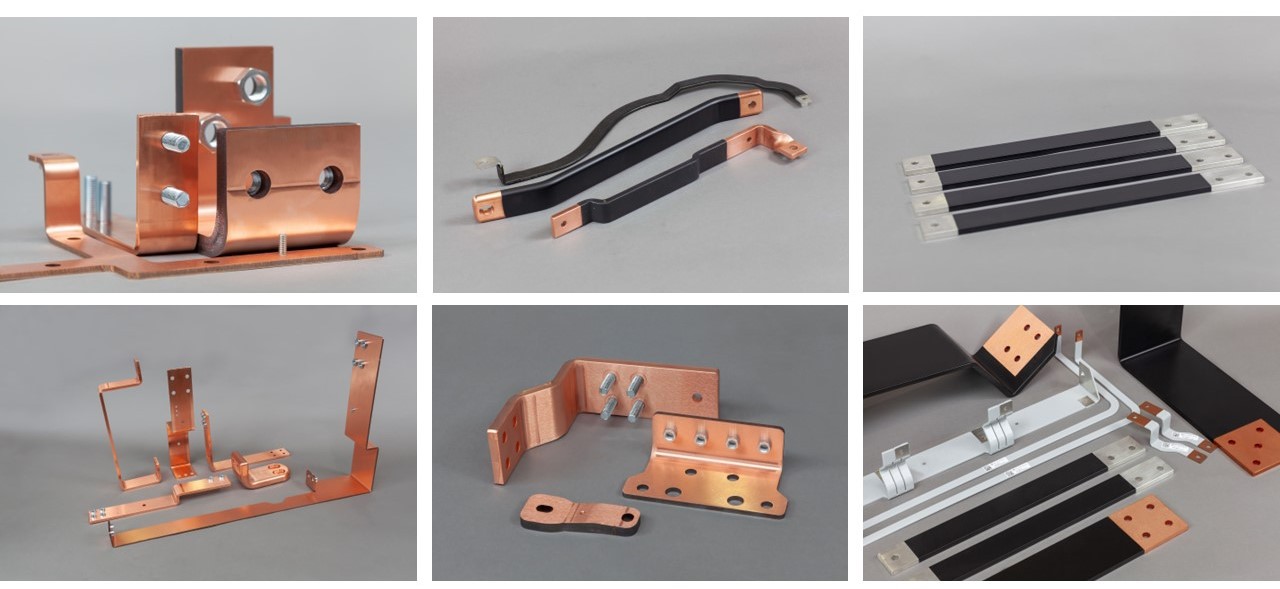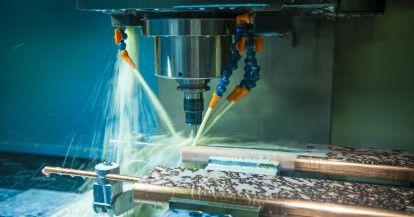Solar busbars. How are busbars used in photovoltaic panels?

Photovoltaics and other sources of renewable energy are a great opportunity today to reduce carbon dioxide emissions into the atmosphere.
Many entrepreneurs want to contribute to changing the ways of energy generation for the better by investing in modern solar panels. At Electris' machinery park, we prepare components and bus bars, which are very often used in this sector.
Solar busbars in photovoltaic panels - using aluminum and copper
Both copper and aluminum are energy-saving materials, so it's no surprise that they are used in photovoltaic panels. Current arrays, or busbars, made of them can be bent, twisted, punched, stamped, drilled - simply shaped as desired. Busbars distribute energy efficiently, so they are used not only in photovoltaic modules, but also in the construction of current cabinets and switchboards. They are used to connect transformers to the power grid. They are also installed along railroad tracks, where they supply energy to vehicles.
Development of renewable energy sources in Europe
Why did the European Union set its sights on promoting renewable energy sources, i.e. solar, hydro, wind or biofuels, among others, some time ago? The answer seems obvious: because they make it possible not only to reduce greenhouse gas emissions, which will have a very beneficial effect on the environment, but also to become independent of the fossil fuel markets, namely gas and oil.
Renewable energy sources are firstly cheap, and secondly infinite. Another advantage they have is cost stability - the prices of oil, gas and other raw materials can change very dynamically, and we have no influence on these fluctuations.
One of the most popular sources of renewable energy are photovoltaic panels, which convert solar energy into electricity. Both monocrystalline and polycrystalline panels work well both for private use and for huge photovoltaic farms.
The development of technology and betting on the efficiency of photovoltaic panels have made investors want to use the best components on the market and use innovative solutions. One of the basic components in photovoltaic panels are busbars, also known as bus bars or (English) bus bars.

Bus bar applications
Bus bars are a key element in managing the flow of current in a variety of energy-conducting systems - from low-voltage electrical equipment to high voltage, from photovoltaic installations to massive power plants. Bus bars always have a similar task - to conduct electricity - but there are important differences between them due to the characteristics and requirements of their respective applications.
Bus bars used in the power industry
In the power industry, bus bars are used in electrical power systems to transmit large amounts of electricity. Unlike photovoltaics, where the current flow is usually unidirectional (from the panels to the inverter), in power generation the current can flow both ways, so bus bars must be designed to allow bidirectional current flow. In addition, safety aspects also play a key role here in the power industry, so bus bars must be designed with electrical safety standards and regulations in mind. They are also rigid connections. Depending on their function, suitable insulation (e.g., epoxy paint or heat shrink tube) can be applied to such components, or their conductivity can be reinforced by applying a galvanic coating.
Electris bus bar offer
At Electris, we manufacture rigid bus bars. Such components are used in various energy devices such as control cabinets, transformers, UPS, converters, or inverters (inverters), also used in photovoltaics. Inverters in photovoltaic panels change direct current into alternating current. Bus bars are made from copper and aluminium materials.
Our machinery allows us to produce components of any size — the smallest are a few millimetres in size, and the largest exceed 3,000 mm. As a rule, they are constructed as solid rails, but we can also shape them in any way we like, e.g., by bending, twisting, or punching. We analyse and prepare each of our customers' enquiries to meet all expectations.
Electris produces a range of wide bus bar components.

Bus bars for photovoltaics
The PV cells in a photovoltaic module are connected by a thin metal strip that conducts the current generated by sunlight. Standard silicon PV cells have specially prepared soldering points for this strip on their back and front side. These contact strips at the front and back are also called 'bus bars' and are used to transfer the current from the panels to the inverter circuit. They must be properly sized and manufactured to ensure low current resistance and minimal energy loss. In addition, due to their use in solar-powered systems, bus bars in photovoltaics must be resistant to weather conditions, including moisture, UV radiation, and varying temperatures.
PV bus bars - the number of paths matters
Photovoltaic cells have designations with the number of bus bars, such as 3 BB, 4 BB. How many bus bars are in a single module is of great importance for the cell's resistance to micro-breaks. The consequence of such damage is the loss of power of the entire photovoltaic panel. This, of course, generates costs.
Micro-cracks can be caused by external factors (snow, wind, temperature) or already at the stage of production, transportation or assembly. How do busbars prevent cell damage? They divide them into several parts, so a crack will cover only a small part of the photocell. Thus, the power of the panel will decrease only a little. In other words - the more busbars, the greater the efficiency of photovoltaic panels.
In the past, cells with two bus bars were called standard technology. Today, typical silicon cells are 3, 4 and even 5 BB models. Investing in more busbars in solar cells required modernizing production lines, but resulted in savings in the long run.



